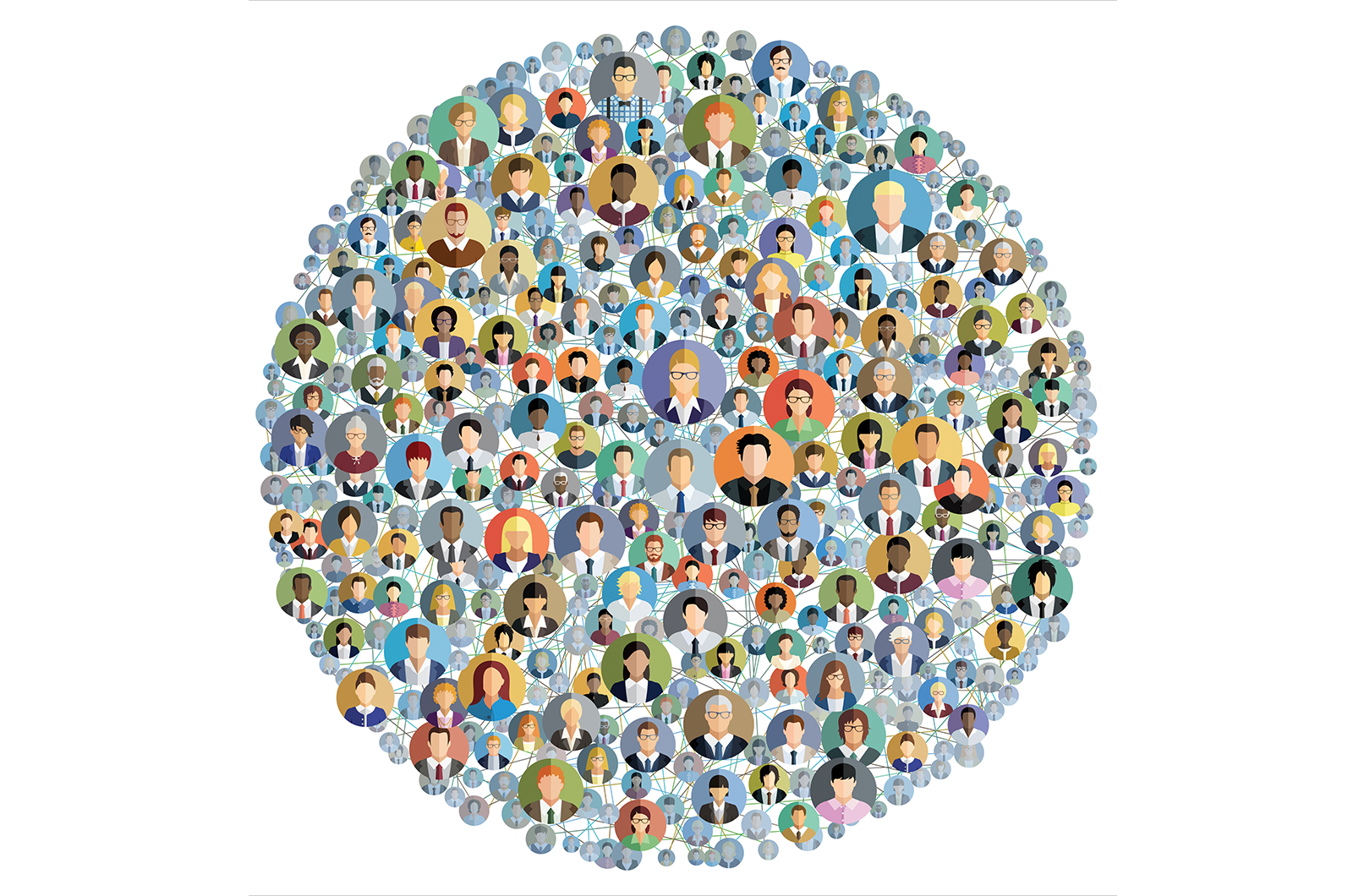
The virtual world was sold to us based on some irresistible benefits: We could communicate faster, with less friction, on our own time and reach a much wider audience with the click of a mouse. Only those with a touch of gray in their hair now remember carbon copies, multiple envelopes and stamps and endless trips to the post office.
But what we didn’t realize, as we went about creating our new online lives, was that this huge social experiment has some downsides too. There were a few warning signs. Some opined that the internet was making us stupid. Many started worrying about our apparently shortening attention spans. And nearly everyone experiences information overload with varying states of desperation.
But the real downside has remained largely invisible to us because it touches on the workings of our unconscious minds. We haven’t fully woken up to the emotional emptiness of all forms of virtual communication. How does this work?
The first big problem comes about from the lack of human sensory feedback. The rest of the issues with the virtual world stem from this basic void. In the face-to-face world, our unconscious minds are hard at work, 24/7, absorbing data about the environment around us, evaluating it for danger in order to keep us alive. The five basic senses, and a few more besides, keep filling our brains with information about potential threats to our safety, food sources and other essential stuff.
The virtual world, in contrast, is like a sensory deprivation chamber. We simply don’t get the smells, the touch, the sounds, the sights and the tastes, for the most part. Now, the brain is a multi-channel analysis machine. And it doesn’t like to be deprived of any of those channels of information. So it responds by making up data to keep the information flowing, using memories, hints and anxiety. Given that our brain’s job is to keep us alive, it responds to a lack of information, quite logically, by assuming the worst.
“In business, this lack of connection leads to real opportunities lost, unintended offenses created and high levels of disengagement.”
Email messages sound hostile when no hostility is intended. The silence on the other end of the audio conference seems to us to imply indifference or outright anger. When someone doesn’t respond within minutes to our messages, we assume they’ve died or hate us. Our mental threat-assessment procedures go into blinking-red mode.
All of this assumed danger makes us tense. But worse, it leads to a lack of empathy—the second problem of the virtual world. We don’t receive the body-language clues, and so we don’t learn how other people are feeling. This lack of information, and the resulting misinformation filling the pipeline, lead us to poor or incorrect analyses of other people’s emotional states. Our normal high levels of empathy are reduced or rendered inaccurate.
And then the virtual world turns around and bites us back. The machines remember everything. Including—as many job applicants have discovered to their dismay—those embarrassing Facebook pictures from your wild college parties. It seemed like a good idea at the time, right? And that’s the third problem of the virtual world. You leave endless digital footprints wherever you go.
In the face-to-face world, people can forget and forgive. In the virtual world, character assassination, justified or not, is a mouse click away.
From the paucity of emotional clues co mes the fourth virtual world problem. Take away the emotional subtext and an odd thing happens: We have a hard time making decisions. Most of us believe we make decisions as Mr. Spock of Star Trek did—with our logical brains. But neuroscientific research has clearly established that we make decisions in our unconscious minds, from our emotional memories of what hurts, what feels good and what will help or hurt us. Without the emotional data, we struggle to care, to make decisions and even in the end to pay attention at all.
With very few emotional clues in the virtual game, we don’t feel much connection with others in the virtual world. That’s the last big problem—with weak connections, we don’t commit, and we experience loneliness and fail to bond. The irony of the virtual world is that we’re more connected than ever and yet we feel more alone. Worse, trust is fragile. Trolling is rampant. And tragically, depression and suicide are on the rise in many vulnerable populations globally.
How do these problems play out in the various forms of virtual technology? Let’s look at email for a moment. You send an email to your team, making a comment about their work that you intend as a joke. But the team, for some reason, takes the remark to be serious and then you have to spend hours assuaging everyone’s hurt feelings. And of course, the stories of hitting “reply all” when only one person was intended are legion.
What about those weekly team check-in calls? They’re essential for keeping the team working together remotely, but they seem to create as many problems as they solve. You put your phone on mute, and catch up on email, or put the dishes away or go to the bathroom. Once again, the stories of mistakes, misunderstandings and general alienation are endless.
“The irony of the virtual world is that we’re more connected than ever and yet we feel more alone.”
And then there’s social media, as it’s used for both business and personal lives. Social media would seem to promote social connection, but it ends up creating more envy than love, more FOMO (fear of missing out) than fellowship, and more feelings of inferiority than belonging. The “likes” and “retweets” create their own hunger for more likes and retweets, so you’re sucked into needing something that never existed before and that can never be satiated.
In sum, our virtual lives are more fragile and easily upended than our face-to-face ones because they lack authentic emotional connections.
In business, this lack of connection leads to real opportunities lost, unintended offenses created and high levels of disengagement. And remember that our ability to make decisions is compromised. Our business and organizational acumen is lessened.
In our personal lives, the issues are the same and the results predictably miserable. We may be raising a generation of people who are unhappy communicating virtually and incompetent communicating face to face. Those of us with one foot in the face-to-face world and one foot in the virtual world don’t stand on solid ground. We are off-balance and clumsy in both terrains.
What’s to be done? We need to learn a new language of emotion for the virtual world. We can’t, after all, live without our gadgets. Neither businesses nor personal lives could work today without them. Parents keep tabs on their kids with mobile phones, and workers create petaflops of data. Both depend on computing power to make their lives possible.
But we need to start asking people consciously and deliberately how they feel, how they’re responding, and how what we say to them and send to them affects them emotionally. We need to put the emotions back in that virtual technology has removed. We need to learn to convey our body-language messages consciously. If we can’t get better at this conscious emotional dialogue, our future could be very bleak indeed.
Editor’s note: This article was based on Nick Morgan’s new book, Can You Hear Me?: How to Connect with People in a Virtual World (Harvard Business Review Press, October 2018).
Nick Morgan is a communication expert, speaker, and blogger. He is the founder of Public Words, Inc. Learn more at www.drnickmorgan.com.



 Previous
Previous
 Previous Article
Previous Article

